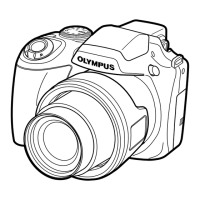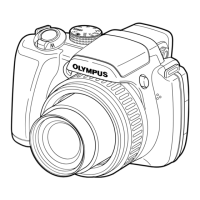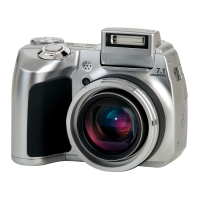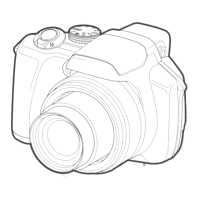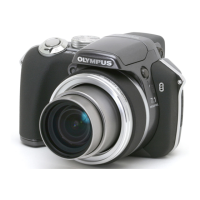Please read "Menu Settings" (p.
29
to
57)
while referring
to
this pa
e.
Three
Types
of
Setting
Operations
Using
IhB
MBnu.
.
..
~.
.."
:;.;~.
~
~:..
• ',>,
:±:.
~<--,
various camera.setttngs
Ca."
Qe'.
<Ieee.
menus,
inclupiAg'funCtiolls.;ased
duqrig
'ngand
playback and thedateltime and
screen
diSplay:'
(J)
There
may
be unavailable menus depending on the
other
related settings
or
the position
of
the
mode
dial.
MENU button
e
6 button
e
@
Buttons in use
1 Set the mode
dial
to
one
of
the
selections.
4 Use
OOGD
to select the desired
submenu
1,
and press the @ button.
Submenu 2
d.tALtb611
'I'~r--
II
4"'4
~:
...
,'"
There
may
be additional
operations. "Menu
Settings" (p. 29 to
57)
Q)
To
quickly
jump
to
the desired submenu,
press
~
to highlight the page tab. and then
use
OOQD
to move the page tab. Press 8 to
return to the submenu
1.
(lJ
Some
menus include submenus that appear
by
pressing the @ button.
Page tab
6 Press the
MENU
button to complete
the setting.
5 Use
OOGD
to select the submenu
2,
and press the @ button.
• Once a setting is made, the display returns
to
the previous screen.
::/
Submenu 1
tf'
'.,)
The C::J symbol
in
"Menu
Settings" (p. 29 to 43)
indicates available shooting
modes.
Shooting mode top menu
• This example shows how to set the [DIGITAL
ZOOM).
2 Press the
MENU
button.
3 Use
OOGD~E)
to select the desired
menu, and press the
@ button.
(I) Pressing and
holding the
6
button displays an
explanation (menu
guide)
of
the option
selected.
3
EN

